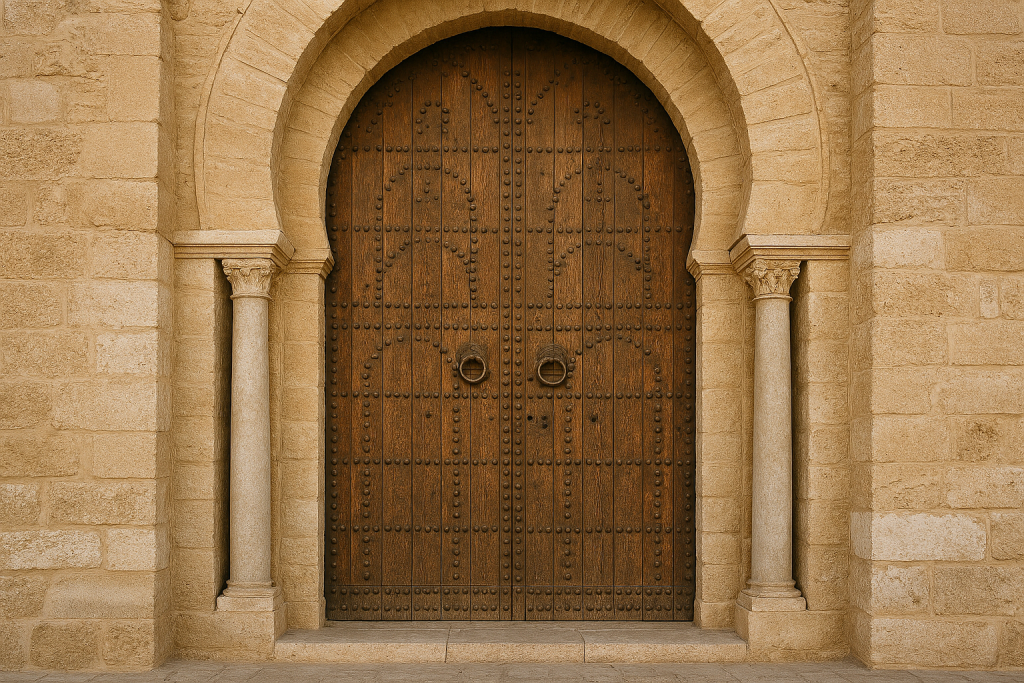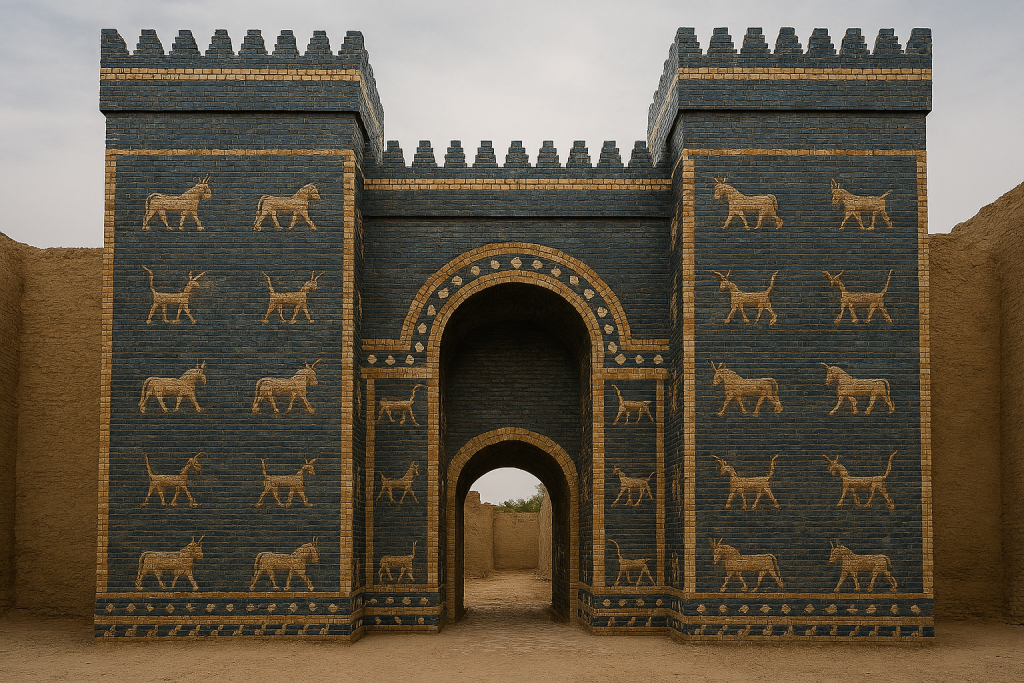Throughout history, doors have been more than architectural necessities — they are thresholds between worlds, symbols of welcome or power, and masterpieces of craftsmanship.
From ancient bronze gates that protected empires to ornately carved palace entrances that dazzled royalty, these designs reflect the culture, technology, and values of their eras. Today, luxury door brands and custom artisans still draw inspiration from these icons.
Here are ten of the most famous historic doors — their stories, materials, and why they continue to influence modern luxury door design.
1. The Gates of Paradise – Florence Baptistery, Italy
Era: 15th century
Material: Gilded bronze
Designer: Lorenzo Ghiberti
Michelangelo famously called these doors “The Gates of Paradise.” Each panel, crafted in stunning high relief, tells an Old Testament story with Renaissance mastery. Their artistry and precision set the standard for decorative bronze doors for centuries.

2. The Holy Door – St. Peter’s Basilica, Vatican City
Era: 15th century (restored in 20th century)
Material: Bronze
Opened only during Jubilee years, this sacred door’s intricate reliefs depict redemption and faith, underscoring its role as both spiritual passage and artistic treasure.

3. The Great Doors of the Mosque of Uqba – Kairouan, Tunisia
Era: 9th century
Material: Teak wood with bronze studs
These grand doors blend Islamic geometric artistry with strength and durability. The teak wood, imported from Southeast Asia, reflects the global trade networks of the Aghlabid dynasty.

4. The East Doors of the Hōryū-ji Temple – Nara, Japan
Era: 7th century
Material: Cypress wood with ornate metal fittings
As some of the oldest surviving Buddhist temple doors, they symbolize spiritual protection. The craftsmanship showcases Japan’s mastery of joinery and minimal yet meaningful decoration.

5. The Doors of Durham Cathedral – England
Era: 12th century
Material: Bronze
Cast in large sheets, these medieval doors feature religious scenes that combine artistry with the engineering skill required to work such a massive piece of metal.

6. The Rajabai Clock Tower Door – Mumbai, India
Era: 19th century
Material: Teak wood with brass accents
Inspired by Venetian Gothic design, these doors combine colonial architectural elegance with the rich tropical hardwoods of India.

7. The Ishtar Gate – Babylon (modern-day Iraq)
Era: 6th century BCE
Material: Glazed brick
Although technically a monumental gate, the arched doorway was richly decorated with images of lions, dragons, and bulls — symbols of divine protection and imperial strength.

8. The Door of the Church of the Nativity – Bethlehem, Palestine
Era: 6th century (altered in 16th century)
Material: Wood
Known as the “Door of Humility,” its deliberately lowered height compels visitors to bow as they enter, combining religious symbolism with medieval security measures.

9. The Bronze Doors of the Baptistery of San Giovanni – Pisa, Italy
Era:12th century
Material: Bronze
Preceding Florence’s more famous Baptistery doors, these panels depict biblical scenes in Romanesque style, serving as early examples of narrative bronze craftsmanship.

10. The Bank of England Security Doors – London, England
Era: 20th century
Material: Steel
These massive 25-ton doors merge industrial engineering with neoclassical elegance, proving that even modern security can be an art form.

Conclusion
From gilded bronze Renaissance masterpieces to ancient ceremonial gates, the world’s most iconic doors are more than entryways — they are symbols of identity, artistry, and craftsmanship.
At Art Boulle, we honor these legacies by creating luxury doors that blend historic inspiration with modern innovation, ensuring each piece is both functional and timeless. Lear more at www.artboulle.com.
FAQ
- Q: Why study historic doors when designing luxury doors today?
A: Historic doors show how design, symbolism, and craftsmanship can make a lasting impression. Modern luxury doors often reinterpret these elements with new materials and technologies.
- Q: What materials were common in historic iconic doors?
A: Bronze, teak, mahogany, oak, gilded metals, and glazed bricks were frequently used for their beauty, durability, and symbolic meaning.
- Q: Which historic door has influenced modern design the most?
A: The Florence Baptistery’s “Gates of Paradise” is often cited as a major influence for luxury bronze and gold-accented doors today.

References
- Britannica – Lorenzo Ghiberti and the Gates of Paradise https://www.britannica.com/
- UNESCO – Kairouan and Its Architectural Heritage https://whc.unesco.org/
- The Metropolitan Museum of Art – Ishtar Gate https://www.metmuseum.org/
- ArchDaily – The History of Doors https://www.archdaily.com/





